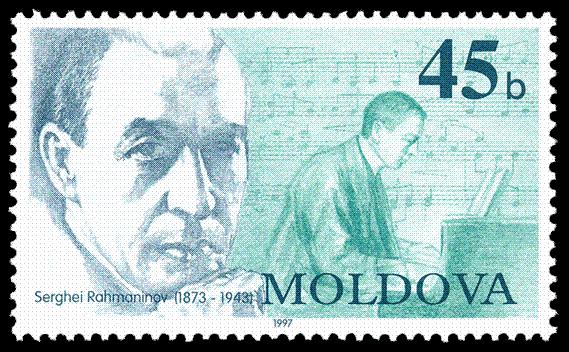
20th Century, Solo with Orchestra, With Audio, Works
Born in late 19th-century Russia,
Rachmaninoff was one of the last great Romantic composers. An accomplished composer, pianist and conductor, he was born into a musical family and began piano lessons at age 4. After graduating from conservatory, he became well known for his piano works and symphonic compositions, and made his conducting debut in 1897. He left Russia in 1917 after the Russian Revolution, and eventually made his way to the United States, where he focused on a career as a pianist. In the 1930s he lived for a time in Switzerland, where he composed the
Rhapsody on a Theme of Paganini in 1934. The Rhapsody quickly became a concert staple and is today one of his best-known works.
Although titled a “Rhapsody”, this work is actually a set of variations for solo piano and orchestra. It is based on a theme composed by Niccolò Paganini, the great 19th-century Italian violin virtuoso, in his 24th Caprice for solo violin. The Rhapsody on a Theme of Paganini consists of 24 separate, highly diverse variations, each based on Paganini’s original theme, with close collaboration between the soloist and orchestra. For the solo pianist, the Rhapsody is an extraordinary tour-de-force, with technical demands intermixed with delicate passagework, cadenzas and ultimate Romantic lyricism.
The work can be divided into several broad sections: an opening fast section (Introduction and Variations I-V); a more free-form “rhapsodic” section (Variations VI-XI); a minuet and scherzando section (Variations XII-XV); a slow section, including the emotional heart of the work (Variations XVI-XVIII); and a rousing finale (Variations XIX-XXIV).
Unconventionally, it does not open with the theme itself, but with a bare harmonic skeleton; the theme itself appears in Variation II, appropriately introduced by the violins. In Variation VII, Rachmaninoff introduces a notable counter-theme based on the Dies Irae, a medieval Latin hymn referring to Judgment Day, and a tune with which Rachmaninoff had a life-long fascination. Probably the best known part of the Rhapsody is Variation XVIII, with its lush romantic theme played first by the solo pianist, and taken up in turn by the orchestra. The last section of the Rhapsody is a driving accelerando and ends, after a forceful reprise of the Dies Irae, with a witty pianistic flourish.
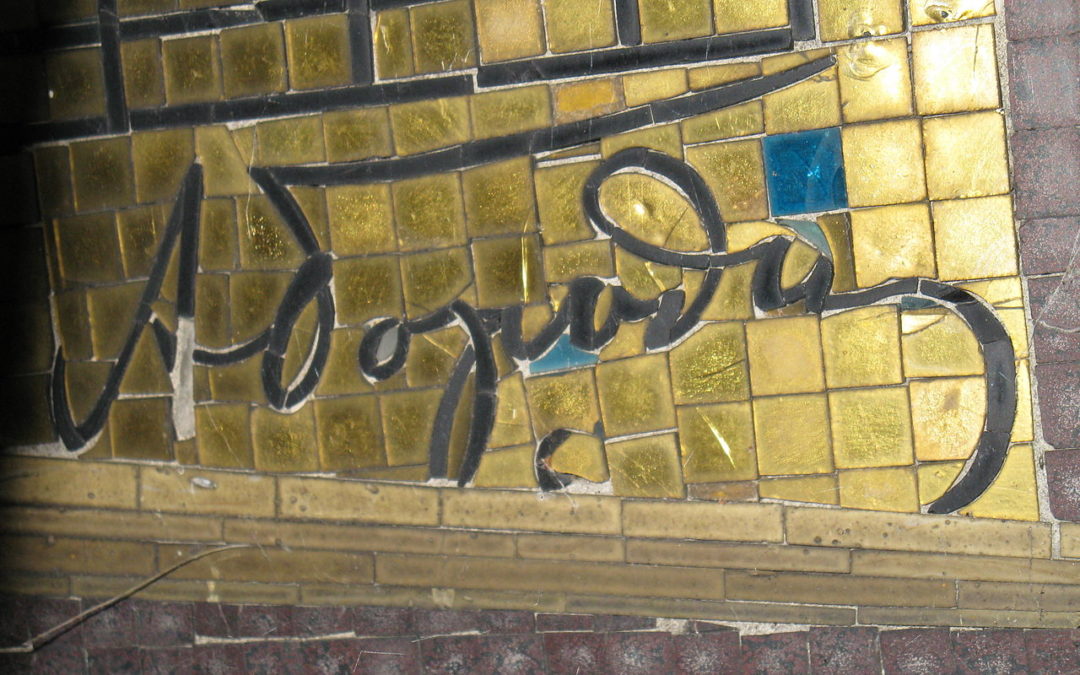
Romantic, Tone Poem, With Audio, Works
Borodin composed
In The Steppes of Central Asia in 1880 as part of a production to commemorate the Silver Jubilee of Tsar Alexander II, who had been instrumental in expanding the Russian Empire into Asia. While the production itself never took place, Borodin’s piece was premiered in 1880 under the baton of Rimsky-Korsakov and has been immensely popular ever since. Borodin himself provided the following programmatic description in a note to the score:
In the silence of the sandy steppes of Central Asia, the sounds of an unfamiliar peaceful Russian song are heard. In the distance we also hear the melancholy sounds of an oriental melody, and the steps of approaching horses and camels; a caravan approaches. Under the protection of Russian soldiers, the caravan continues its long journey securely and without fear on its way through the immense desert. The Russian and Asiatic melodies join in a common harmony; their refrains continue to be heard for a long time before finally dying away in the distance.

Romantic, Suite, Works
Mussorgsky was a member of an influential group of Russian composers known as “The Five” – Mily Balakirev, César Cui, Modest Mussorgsky, Nikolai Rimsky-Korsakov and Alexander Borodin. Together they forged a uniquely Russian musical style based on the country’s folklore and history. Mussorgsky himself composed numerous works for piano, orchestra, opera and voice. Among his best-known works are the opera Boris Godunov, the orchestral tone poem Night on Bald Mountain, and the piano suite Pictures at an Exhibition.
The piano suite was composed in 1874 and was based on a series of drawings and paintings by the Russian artist Viktor Hartmann. It proved so popular that numerous arrangements have been made of it (the Ravel orchestration done in 1922 is the best-known of these). The first orchestration of Pictures at an Exhibition, which we are performing at this concert, was prepared in 1886 by Mikhail Tushmalov, a pupil of Rimsky-Korsakov. Rimsky himself oversaw the editing of the score and conducted the première, in 1891.
This orchestral arrangement contains most of the original movements of the piano suite. After the opening Promenade, the mood shifts to the “Old Castle,” with haunting melodies introduced by bass clarinet and English horn. Next is the spritely “Ballet of the Chicks in their Shells” featuring strings and woodwinds; “Samuel Goldenberg and Schmuyle” is a ponderous dialogue between two Polish Jews, one rich and the other poor. “Market at Limoges” depicts women arguing furiously in a small French town marketplace. The tone shifts abruptly in “Catacombs;” punctuated by sudden brass chords, it is based on a painting in which Hartmann is examining the famous underground catacombs of Paris by lantern light. In the following “Con mortuis in lingua mortua,” the opening “Promenade” theme is eerily reprised in a minor key. The “Hut on Hen’s Legs” is based on a Hartmann drawing of a clock in the form of a witch’s hut; Mussorgsky puts the focus on the witch’s flight, with dramatic scales and passages in thirds.
It leads directly to the grand last movement, “The Great Gate of Kiev”. It is based on Hartmann’s design of a monumental gateway to the city in an ancient massive Russian style, capped with a cupola shaped like a Slavonic helmet. Its familiar grand theme is repeated several times with increasing intensity, interspersed with wind interludes reminiscent of Russian Orthodox chants. It ends in a triumphal paroxysm of massive chords and pealing bells.
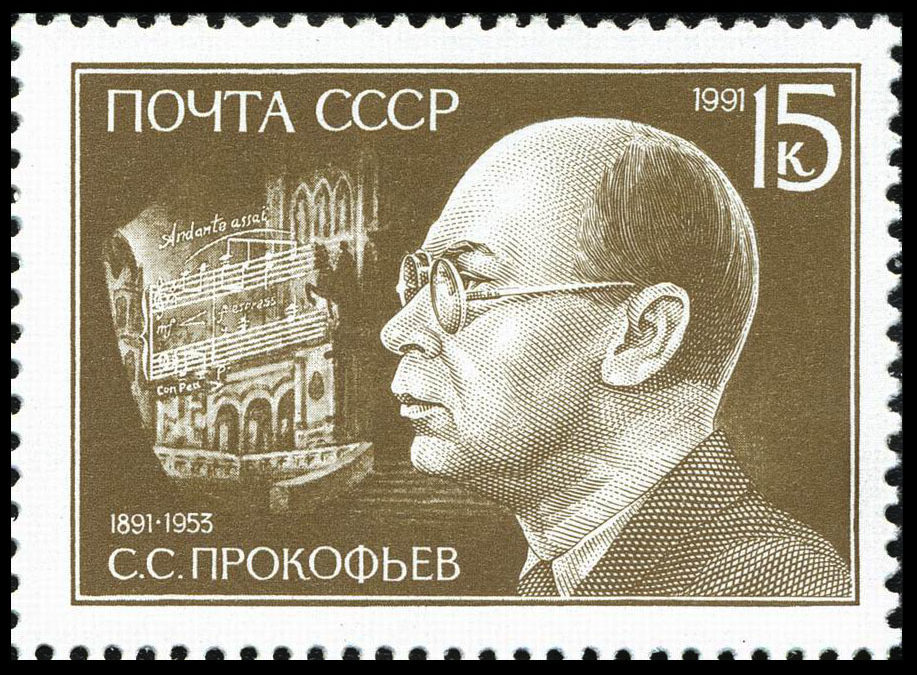
20th Century, Overture, Works
Prokofiev composed the original version of the Overture on Hebrew Themes during his sojourn in New York in 1920. He composed it for a chamber group that specialized in Klezmer and other Jewish music; the original orchestration was for clarinet, string quartet and piano. The piece became so popular that he was later asked to arrange it for full orchestra. It consists of two main melodies ostensibly taken from Jewish folk tunes – the first very much in the Klezmer tradition, prominently featuring the clarinet and hairpin dynamics; the second a melody played at Jewish weddings and featuring the ‘cellos and horn.
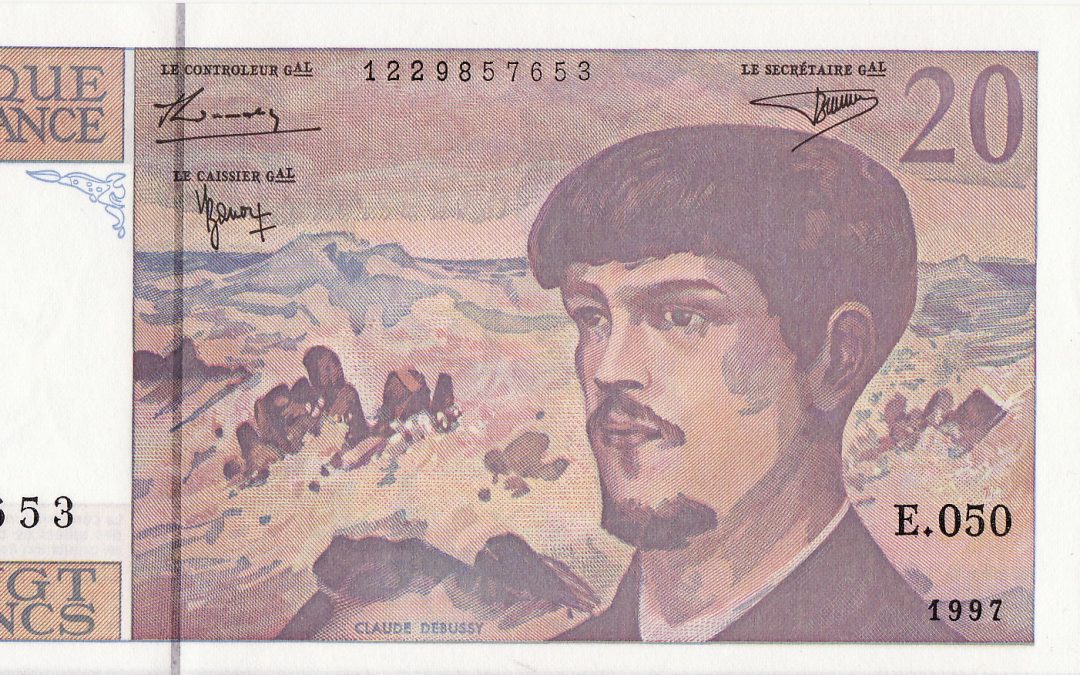
20th Century, Solo with Orchestra, Works
Debussy composed this atmospheric work in 1909-10 as an audition/competition piece for the Paris Conservatoire.
Originally composed for clarinet and piano, it was officially premiered in 1911 by the Conservatoire’s clarinet professor, Prosper Mimart. Debussy was most pleased after hearing the performance, considering it one of the most pleasing pieces he had ever written. He then proceeded to orchestrate it in 1911, and it is best known in that setting.
The “Première Rhapsodie” is mostly free-form. Although only 8 minutes long, it is musically rich while making great technical and musical demands on the soloist. A slow, dreamy opening gives way to a haunting clarinet theme, later characterized by third and sixth intervals. Clarinet mini-cadenzas and flourishes abound against poignant whole-tone chords in the winds and strings. The latter part of the Rhapsodie is a spirited scherzando that accelerates to a climax in the horns. A soaring clarinet cadenza ends this work with a flourish.
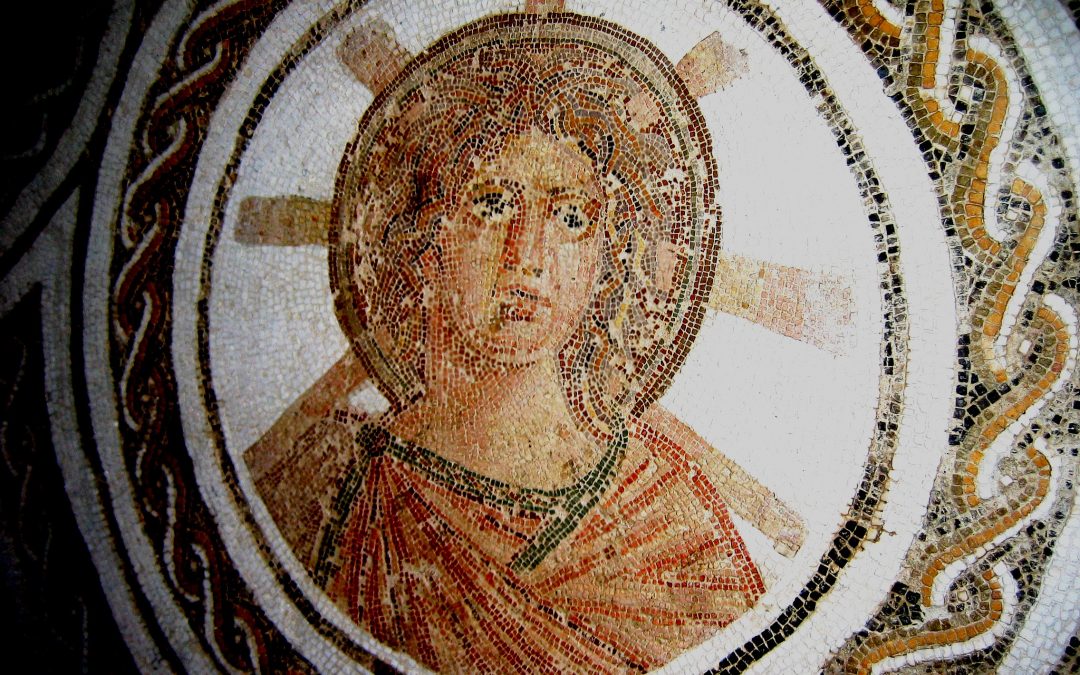
Baroque, Occasional Piece, Works
Les Boréades (The Descendants of Boreas) or Abaris is an opera in five acts by Jean-Philippe Rameau.
(more…)
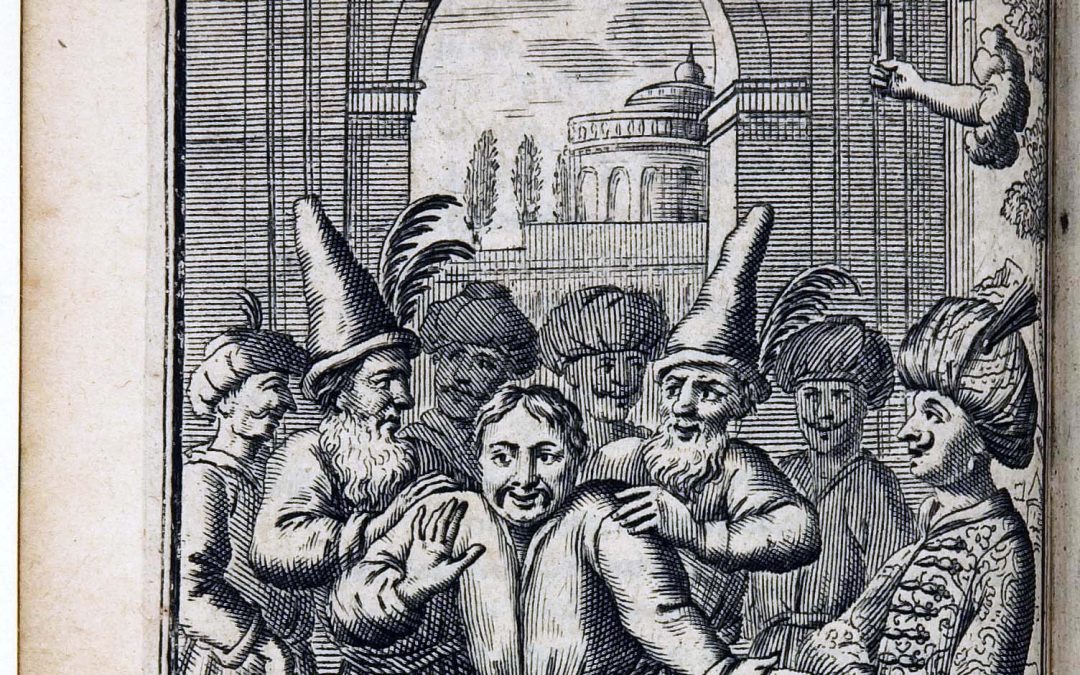
Baroque, Suite, Works
Lully was France’s most significant composer of the 17th century. Born in Florence as “Giovanni Battista Lulli,” he was brought to France as a teenager to help a noblewoman improve her Italian. He quickly became proficient in music and dance.
He captured the fancy of the young Louis XIV, with whom he became a ballet partner at the age of 20. Louis soon selected him as his own instrumental composer, and eventually appointed Lully as the chief composer and impresario of the realm.
Lully began many of the conventions of the French Baroque, including the characteristic “French” overture used by later baroque composers such as Bach, Handel and Telemann. He collaborated with noted French playwrights to compose theatrical entertainments for the king. Among these works was Molière’s “Le Bourgeois Gentilhomme” (“The Would-Be Gentleman”), a “comedy-ballet” which was first performed at Louis’ command in 1670. The plot details the misguided efforts of Monsieur Jourdain, a middle-class merchant, to raise himself to the nobility. Among other antics, he hires masters of music, dance, fencing and philosophy to tutor him in their arts; is fitted with ridiculous-looking clothes (which he thinks are the newest style); and denies permission to his daughter to marry her middle-class suitor. To trick Jourdain into giving permission, the suitor disguises himself as the son of the Grand Turk. A farcical ceremony is held to raise Jourdain to the imaginary rank of “Mamamouchi,” after which Jourdain consents to the marriage!
Lully’s music is an integral part of the play. The selections we’re performing include the Overture; a suite of dances performed by the dancing-master’s students; ceremonial music for dressing Jourdain in his new clothes, and the joy of the tailor’s assistants after Jourdain generously tips them; music for the “Turkish” ceremony; and two sets of dances (Spanish and Italian) from the “Ballet of the Nations” which ends the comedy-ballet.
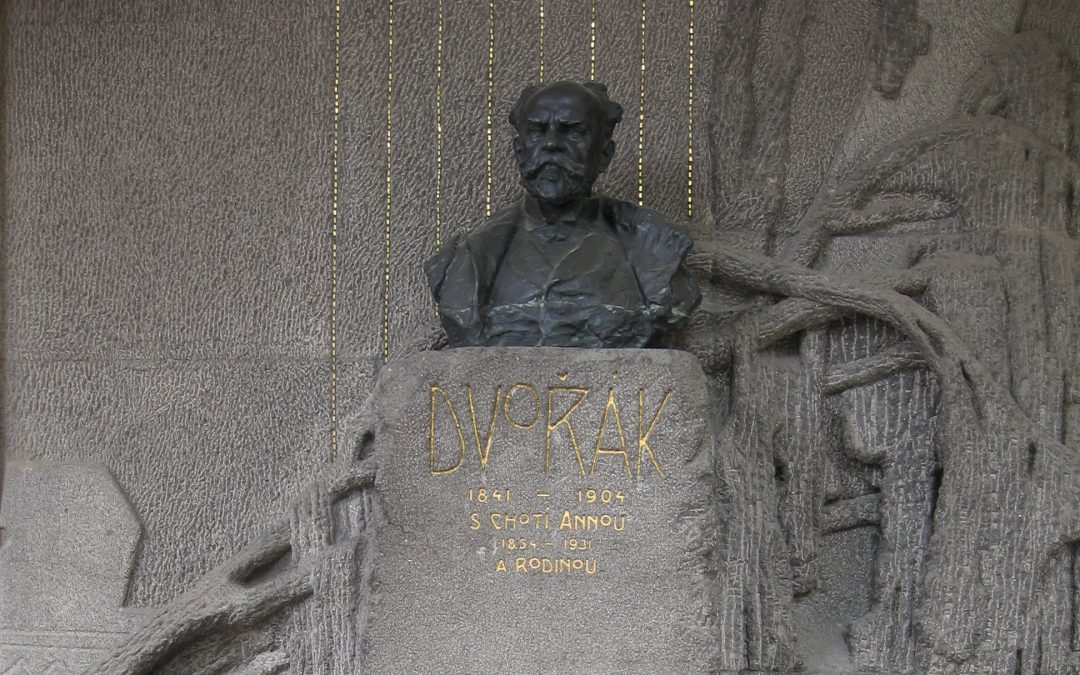
Romantic, Symphony, Works
Dvořák’s masterful Sixth Symphony is at once a sunny, lyrical work with moments of great subtlety, power and magnificence.
It was written in 1880, only three years after Brahms’ Second Symphony, to which it has certain similarities in choice of keys and orchestration. That being said, this is Dvořák’s first “mature” symphony, written in the “Slavic” style that characterizes his other orchestral and chamber works of that period. The Sixth Symphony was premiered in Prague in 1881 and soon became a staple of the orchestral repertoire.
Dvořák incorporates Czech folk melodies throughout, in particular in the famous “Furiant” third movement, based on a Czech dance. The first movement starts on a serene and sunny note, evoking the Bohemian countryside; a vigorous outburst by the horns and violins leads to majestic restatement of the main theme by the entire orchestra. A lyrical second theme is heralded by the oboe; both themes are thoroughly developed and interwoven throughout the entire orchestra. The second movement is a sweet nocturne, with counter-themes tossed back and forth between strings, winds and brass.
The Furiant is all about energy and syncopation, evoking Dvořák’s iconic Slavonic Dances. After a calm and melodious trio section, the Furiant returns in full force. The last movement starts out innocently enough in the strings, with a playful second triplet-based theme, before its massive development in the winds and brass. A stirring rendition of the main theme in slow motion, featuring the full-throated brass section, heralds the triumphant finale.
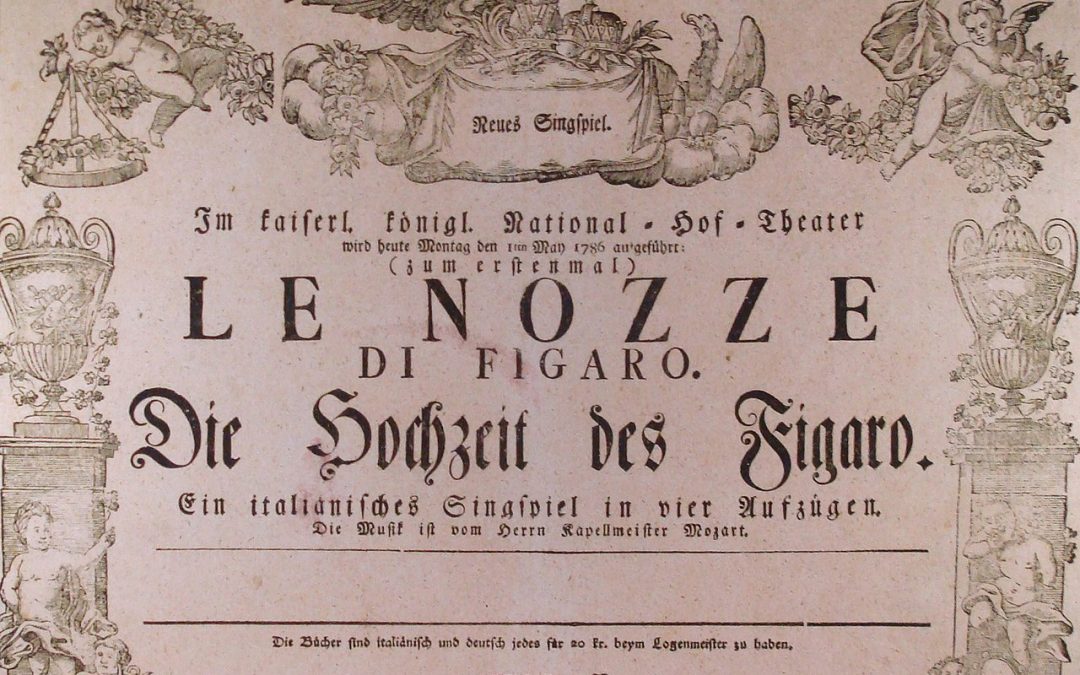
Classical, Overture, Works
Mozart’s signature comedic opera, The Marriage of Figaro, opened to great acclaim in Vienna in 1786. Mozart himself conducted the premiere, and it became an instant hit. The opera’s plot, revolving around servants outwitting their aristocratic masters, was socially revolutionary at the time. The sparkling overture, written just two days before the Vienna premiere, is a fitting prologue to Mozart’s brilliant opera.

Classical, Symphony, Works
One of the celebrated “London” Symphonies, this masterwork was composed in 1795 during Haydn’s second triumphal visit to London. By then Haydn was the toast of English upper-class society. Haydn had splendid orchestral forces available to him in London, and he took full advantage of them in composing his twelve London symphonies. That includes Symphony 103, the “Drumroll,” so named because of its timpani opening. The symphony was premiered on March 2, 1795, with Haydn leading the orchestra. It was received with great acclaim; here is the review in the London Morning Chronicle the morning after the premiere:
Another new Overture [Symphony 103], by the fertile and enchanting HAYDN, was performed,
which as usual, had continuing strokes of genius, both in air and harmony. The Introduction
excited the deepest attention, the Allegro charmed, the Andante was encored[,] the Minuets, especially
the Trio, were playful and sweet, and the last movement was equal, if not superior to the preceding.
The symphony begins with a timpani roll or cadenza (a very unusual way to start a symphony). A slow introduction follows, led by the bass instruments (’cellos, basses and bassoon); this opening motif returns in disguised forms later in the movement. A sprightly theme is introduced by the upper strings. The second theme is a lilting tune in the violins and picked up by the woodwinds, reminiscent of a Viennese street song. Before the end of the movement Haydn briefly reprises the slow opening, heralded by another timpani roll.
The magnificent Andante movement is based on two Croatian folk tunes, one in C minor and one in C major. It is a “double variation” movement, in turn featuring strings, woodwinds, a solo violin; and massed horns, trumpets and timpani. The third movement Minuet is by turns energetic and elegant, with a charming trio section featuring clarinets.
The unusual fourth movement is based on just one theme — a horn call, accompanied by a quick-moving folk-like motif in the strings. Haydn fully develops this motif using counterpoint, imitation and brilliant passagework. Initiated by the strings, he gradually involves the whole orchestra before closing with a resounding finish.









